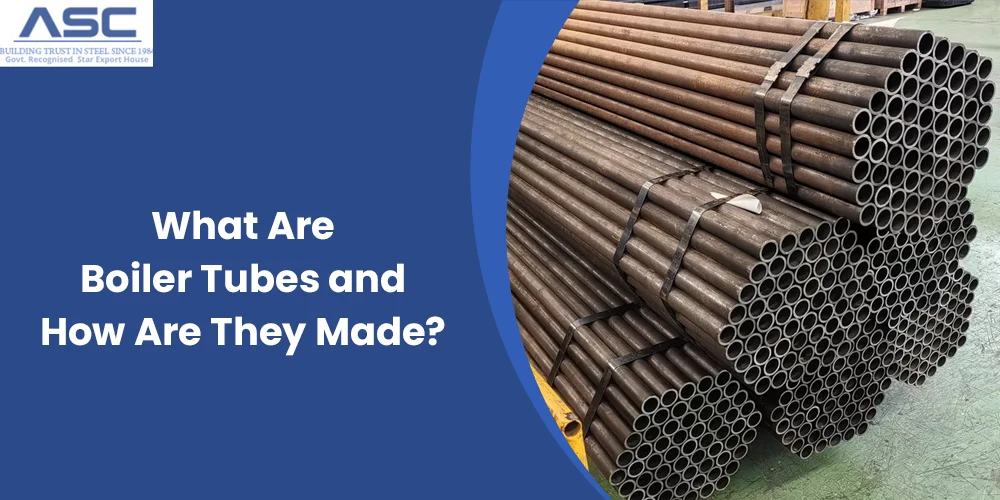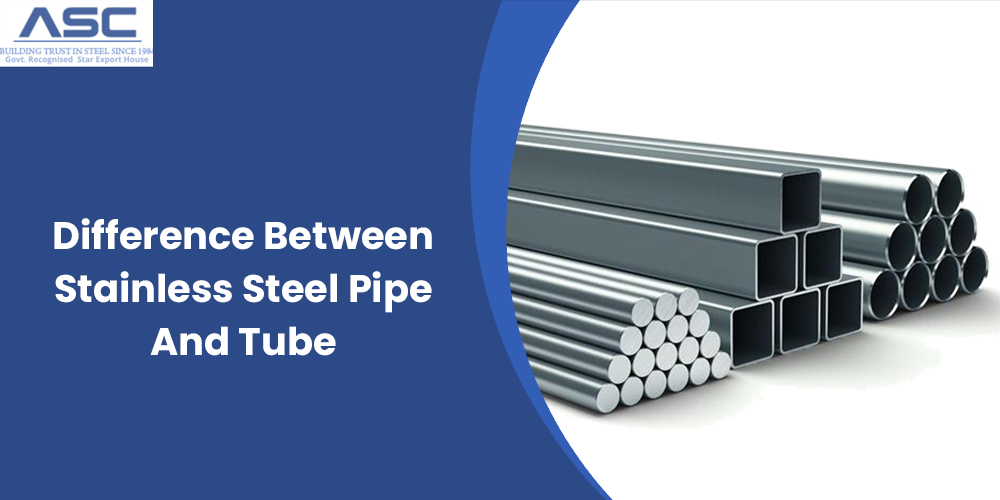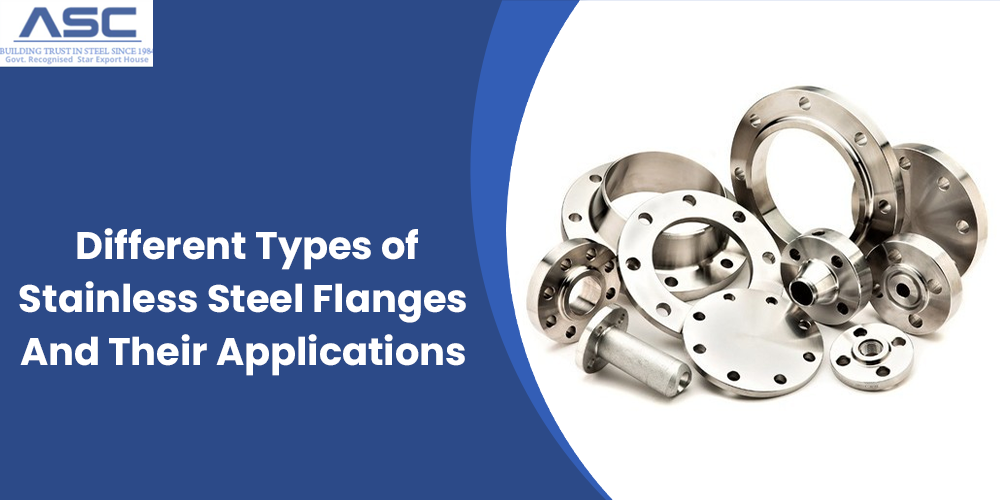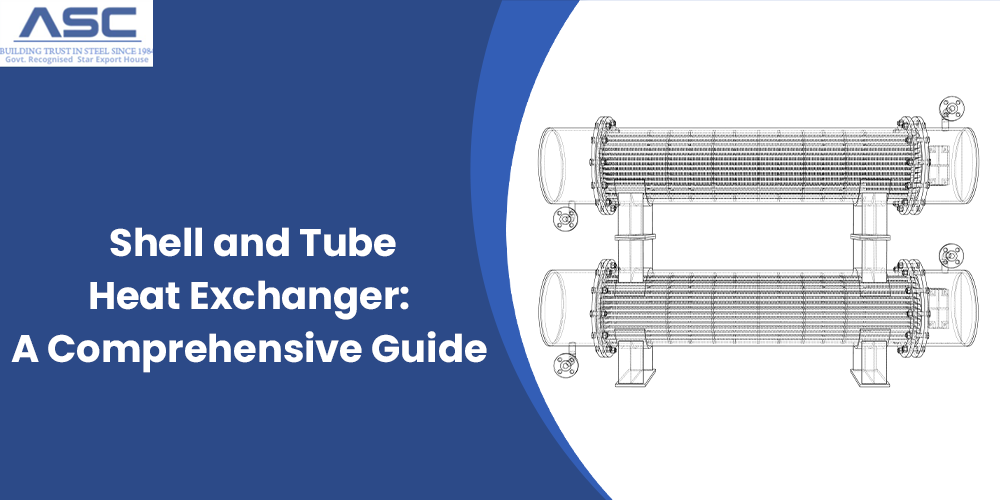What Are Boiler Tubes and How Are They Made?
by AMC
Posted on January 17, 2025 at 05:01 PM

Boiler tubes are an essential part of the operation of boilers, which are widely used in industries ranging from power generation to heating. These tubes play a vital role in the safe and efficient operation of a boiler, ensuring that heat is effectively transferred and that steam is generated for various processes. But, what exactly are boiler tubes, and how are they made?
In this article, we will explore the importance of boiler tubes, the types of materials used in their construction, and the processes involved in manufacturing these critical components. Whether you are an industry professional or someone looking to learn more about industrial engineering, this guide will help you understand the fundamentals of boiler tubing production.
Introduction to Boiler Tubes
Boiler tubes are hollow cylinders made from heat-resistant materials that are used in boilers to transfer heat between different fluids. The primary purpose of a boiler tube is to carry water or steam through the boiler while hot gases pass around the tubes to transfer heat. The construction and design of these tubes are crucial for ensuring the efficiency and safety of the boiler.
Boilers are used in a variety of industries, including power plants, chemical manufacturing, oil refining, and more. They help produce steam for electricity generation, heating systems, and other industrial applications. The efficiency of the boiler system depends heavily on the performance of the boiler pipes and tubes.
How Boiler Tubes Work
The working principle of a boiler tube is relatively simple: water is heated to create steam, which is then used for various applications. Boiler pipes are designed to carry hot gases or steam, providing heat transfer surfaces that heat the water inside the tube walls. The heat from the combustion process is transferred from the flue gases to the water inside the tubes.
The performance of boiler tubes directly impacts the efficiency and safety of a boiler. They must be able to withstand extreme temperatures, high pressure, and corrosion while maintaining high heat transfer rates.
Types of Boiler Tubes
There are several types of boiler tubing, each designed to perform under specific conditions and meet the demands of different industries. Some of the most common types include:
- Water-Tube Boiler Tubes: Water-tube boiler tubes are one of the most widely used types of boilers in power generation. In this design, water flows through the tubes, while hot gases pass over the tubes to transfer heat to the water. Water-tube boilers are typically made from alloy steel and are designed to withstand high pressures and temperatures.
- Fire-Tube Boiler Tubes: In fire-tube boilers, the hot gases flow through the tubes, while water surrounds the tubes. This design is typically used for smaller-scale applications and lower pressure systems. Fire-tube boiler tubes are often made of carbon steel.
- Superheater Tubes: Superheater tubes are a specific type of water-tube boiler tube designed to increase the temperature of steam beyond its saturation point. These tubes are located in the superheating section of the boiler and are made from high-strength alloy steels to withstand the high temperatures required for superheating steam.
- Economizer Tubes: Economizer tubes are found in the economizer section of the boiler, where they help recover heat from the flue gases before they exit the system. These tubes are typically made from carbon steel or stainless steel and are designed to operate under lower temperatures compared to other boiler tubes.
Materials Used for Manufacturing Boiler Tubes
The material selection for boiler tubing is a critical factor in ensuring that they perform efficiently and safely over time. Boiler pipes must be able to withstand high temperatures, extreme pressure, and potential exposure to corrosive substances. The most commonly used materials for manufacturing boiler tubes include:
- Carbon Steel: Carbon steel is the most common material used for boiler tube construction. It is relatively affordable and easy to fabricate. Carbon steel tubes are suitable for low- to medium-pressure systems and can withstand temperatures up to about 500°F (260°C).
- Alloy Steel: Alloy steel is often used for high-pressure boilers due to its ability to withstand higher temperatures and pressures. Alloy steel boiler tubing can handle temperatures up to 1,000°F (538°C) and is typically used in superheaters and reheaters. These materials are more expensive than carbon steel but provide better performance under demanding conditions.
- Stainless Steel: Stainless steel boiler tubes are known for their corrosion resistance and are used in applications where the boiler will be exposed to harsh chemicals or corrosive substances. Stainless steel is also used in areas where high temperatures and pressures are involved.
- Copper and Copper Alloys: Copper and copper alloys are used in heat exchanger tubes, as they have excellent thermal conductivity. However, they are not typically used in high-pressure or high-temperature boiler tube applications.
Manufacturing Process of Boiler Tubes
The manufacturing process of boiler tubes involves several stages, including material selection, forming, heat treatment, and inspection. Each stage is crucial to ensuring that the final product meets the required performance standards.
- Material Selection: The first step in manufacturing boiler tubing is selecting the right material. As discussed earlier, this depends on the type of boiler, the pressure and temperature conditions, and any potential corrosive substances present in the system.
- Forming the Tubes: Once the material is selected, the next step is to form the tubes. This is typically done through a process known as seamless tube manufacturing, where a solid billet of steel is heated and then pierced to form a hollow tube. The tube is then elongated and reduced in diameter using a series of rollers. This process ensures that the tube has no seams, making it more reliable under pressure.
- Heat Treatment: After the tube is formed, it undergoes heat treatment to improve its mechanical properties. Heat treatment processes such as annealing or quenching are used to adjust the tube’s hardness, toughness, and strength. This step is essential for ensuring the tube can handle high pressures and temperatures.
- Inspection and Testing: Once the tubes are manufactured and heat-treated, they undergo rigorous inspection and testing to ensure their quality and performance. Common tests include ultrasonic testing, visual inspection, and hydrostatic testing. These tests help identify any defects in the tubes and ensure they meet industry standards.
Common Problems with Boiler Tubes
Boiler tubes can experience a range of issues over time, which can affect the overall performance of the boiler. Some of the most common problems include:
- Boiler Tube Leaks: Leaks are one of the most common problems with boiler tubes and can lead to system failures or decreased efficiency. Leaks often occur due to corrosion, overheating, or mechanical damage.
- Scaling: Scaling occurs when minerals in the water form deposits on the inner surface of the tubes. These deposits act as an insulating layer, reducing the heat transfer efficiency and causing the boiler to overheat.
- Fatigue and Cracking: Over time, boiler pipes can suffer from fatigue due to repeated heating and cooling cycles. This can lead to cracking and eventual failure of the tubes.
Conclusion
In conclusion, boiler tubes are vital components in the safe and efficient operation of boilers, which are used in a wide range of industrial applications. These tubes come in various materials and designs, each tailored for specific conditions such as high pressures, temperatures, or corrosive environments. Understanding the manufacturing process and the factors that influence the longevity of boiler tubing is crucial for maintaining boiler performance and preventing costly repairs.
If you're involved in any industry that uses boiler pipes, boiler tubing, or tube boilers, having a strong grasp of how boiler tubes work and how they are made can help optimize your equipment and reduce the risk of unexpected breakdowns.
For top-quality boiler tubing and reliable service, look no further than Amardeep Steel Centre. We provide the best boiler tubes for all industrial needs. Reach out to us today for your boiler tube requirements!

Difference Between Stainless Steel Pipe And Tube
Stainless steel pipes and tubes are often used interchangeably, but there are key differences between them, especially in how they are measured and their applications.

